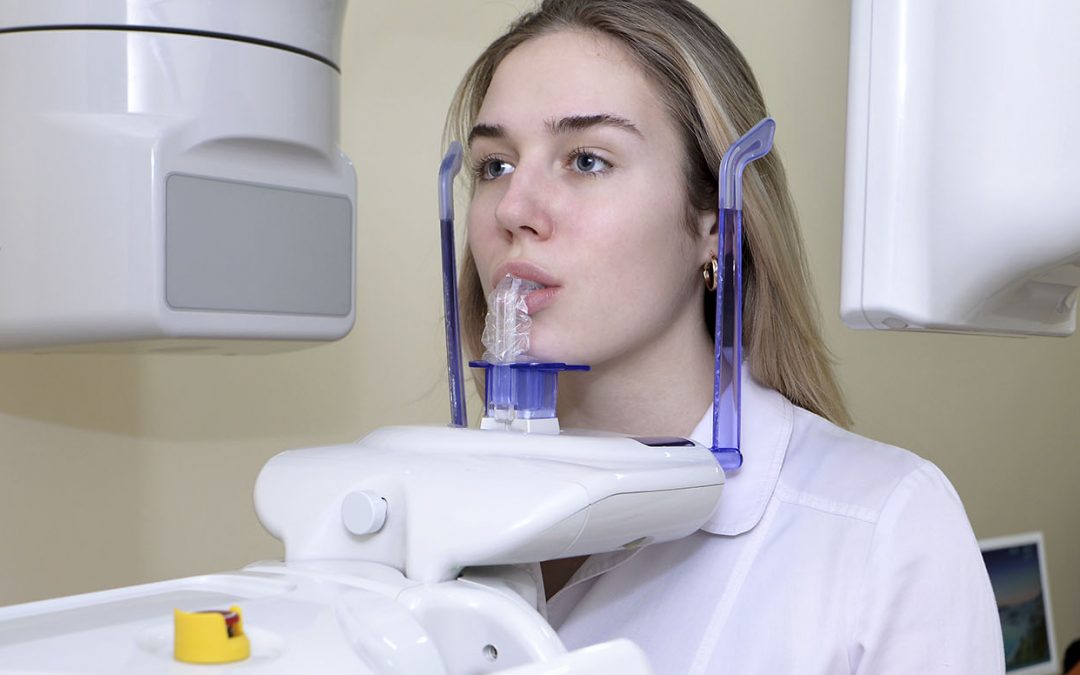ISO 14801 Dental Implant Screw Loosening Resistance Testing
The ISO 14801 standard is an essential tool for manufacturers of dental implants, ensuring that the screws used in these devices meet stringent quality and safety requirements. This testing evaluates the resistance to loosening under cyclic loading conditions, which simulates real-world use scenarios where a patient might experience forces from chewing or other mechanical stresses.
The test aims to determine whether the implant screw will hold its position securely over time, thereby reducing the risk of complications such as screw loosening and subsequent failure. By adhering to this standard, manufacturers can ensure that their products meet international quality benchmarks and are suitable for use in medical applications.
This testing process is critical because dental implants play a significant role in restoring oral health and function. A secure attachment between the implant and the bone is paramount for long-term success. Therefore, understanding the forces acting on these components and ensuring they can withstand such conditions is crucial.
The standard provides detailed instructions on how to perform this test accurately. It specifies the type of equipment required, including a testing machine capable of applying cyclic loads in both tension and torsion modes. The specimen preparation involves cleaning the screw according to ISO guidelines before attaching it to the fixture designed for the test.
During the test, the screw is subjected to alternating loading cycles that mimic the stress environment encountered during everyday use. The duration and frequency of these cycles depend on factors like patient activity level or specific application requirements. After completing the prescribed number of cycles, the integrity of the connection must be assessed by measuring changes in length or angle.
The results from this testing are critical for several reasons. Firstly, they provide valuable insights into how well-designed and manufactured dental implants will perform under realistic conditions. Secondly, these tests help identify potential weaknesses early on so that necessary improvements can be made before products reach the market. Lastly, compliance with ISO 14801 ensures that your product meets industry standards and gains acceptance among healthcare providers.
Compliance with this standard also offers numerous benefits beyond just meeting regulatory requirements. For instance, it enhances brand reputation by demonstrating commitment to quality and safety. Additionally, successful completion of these tests can lead to increased market share as consumers become more confident in choosing reliable products.
To summarize, ISO 14801 is not merely a set of specifications but rather a comprehensive framework aimed at ensuring the reliability and longevity of dental implants. By investing time and resources into understanding and implementing this standard fully, manufacturers can significantly improve their product offerings while maintaining high levels of patient satisfaction.
Scope and Methodology
| Test Specimen | Description |
|---|---|
| ISO 14801 Dental Implant Screw | A screw designed specifically for dental implants, typically made from titanium or a similar metal alloy. |
| Cyclic Loading Fixture | An apparatus used to apply cyclic loads in tension and torsion modes, simulating real-world stress conditions experienced by the implant during use. |
| Measurement Device | A tool capable of accurately measuring changes in length or angle of the screw after undergoing specified loading cycles. |
| Standard Parameters | Description |
|---|---|
| Cyclic Load Frequency | The number of load application cycles per minute, determined based on the anticipated usage pattern. |
| Tension Torsion Ratio | The ratio between tension and torsional forces applied during each cycle to better reflect actual loading conditions. |
| Load Amplitude | The maximum value of load that can be applied in either direction, ensuring the test remains within safe operating limits. |
The process begins with careful selection and preparation of the dental implant screw specimens. These must meet all specified dimensional tolerances outlined in ISO 14801 before being attached to the cyclic loading fixture. Once installed, the machine applies predetermined cyclic loads according to predefined parameters until reaching either failure or completion.
Why Choose This Test
- Ensures Longevity: By evaluating how screws hold their position over time, this test helps manufacturers identify potential issues early on in development.
- Promotes Safety: A secure attachment between the implant and bone minimizes risks associated with screw loosening or failure.
- Enhances Brand Reputation: Compliance with international standards demonstrates a commitment to quality and safety, enhancing trust among consumers.
- Informs Improvement: Test results guide necessary modifications based on real-world performance data, leading to better-designed products.
The ISO 14801 test is particularly important for dental implant manufacturers because it addresses a critical aspect of product reliability. Unlike other tests that might focus solely on material strength or surface finish, this one specifically examines the integrity of the connection between the screw and the surrounding bone tissue.
Customer Impact and Satisfaction
- Patient Well-being: Secure implants lead to improved oral health, enhanced functionality, and a higher quality of life for patients.
- Increased Confidence: Compliance with ISO standards reassures both clinicians and patients about the safety and effectiveness of dental implant systems.
- Market Differentiation: Offering products that have undergone rigorous testing can set your company apart from competitors, attracting more customers.
The implementation of this test ensures that only reliable components reach clinical use. This enhances patient confidence in their treatment options and contributes positively to overall satisfaction levels within the industry.





